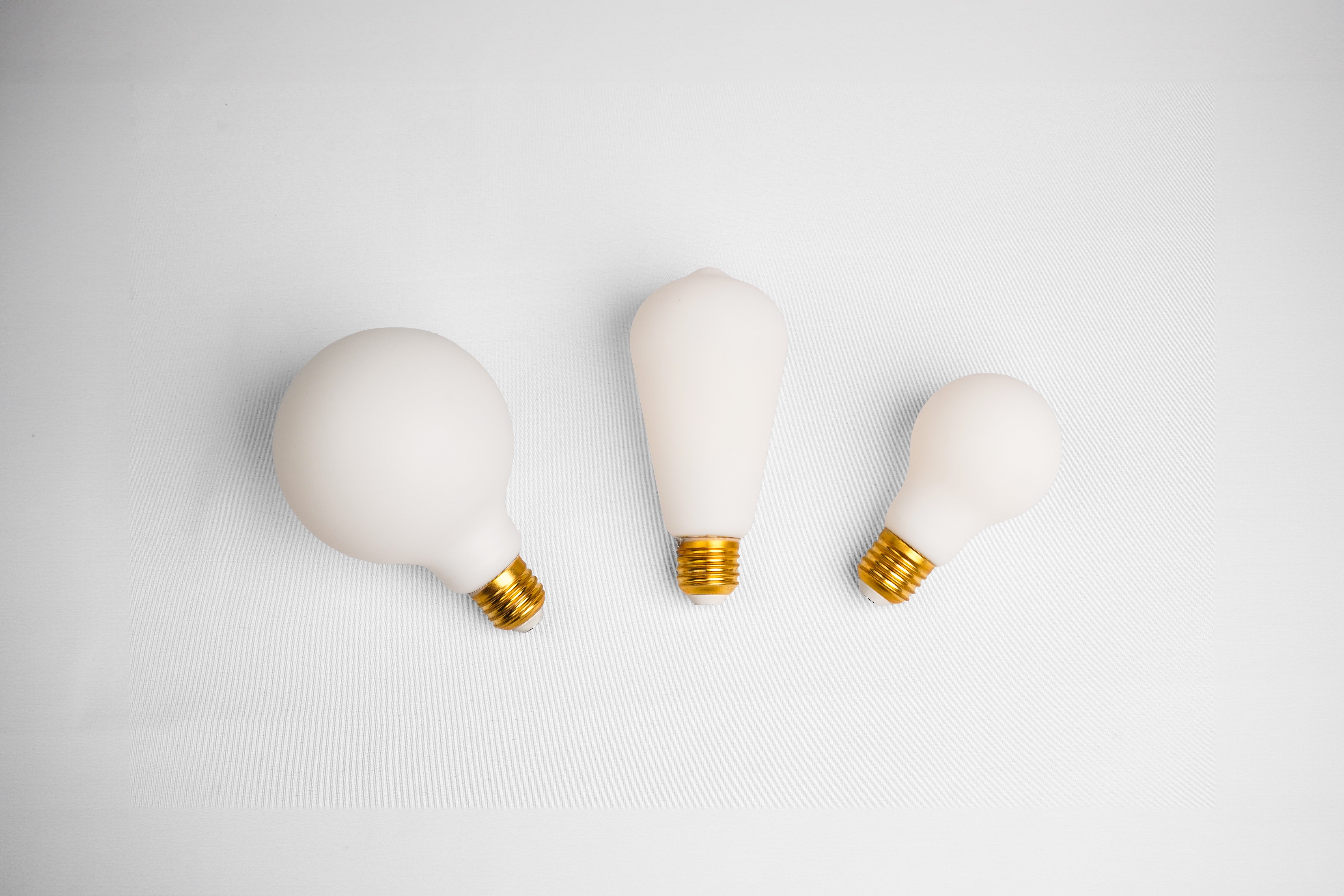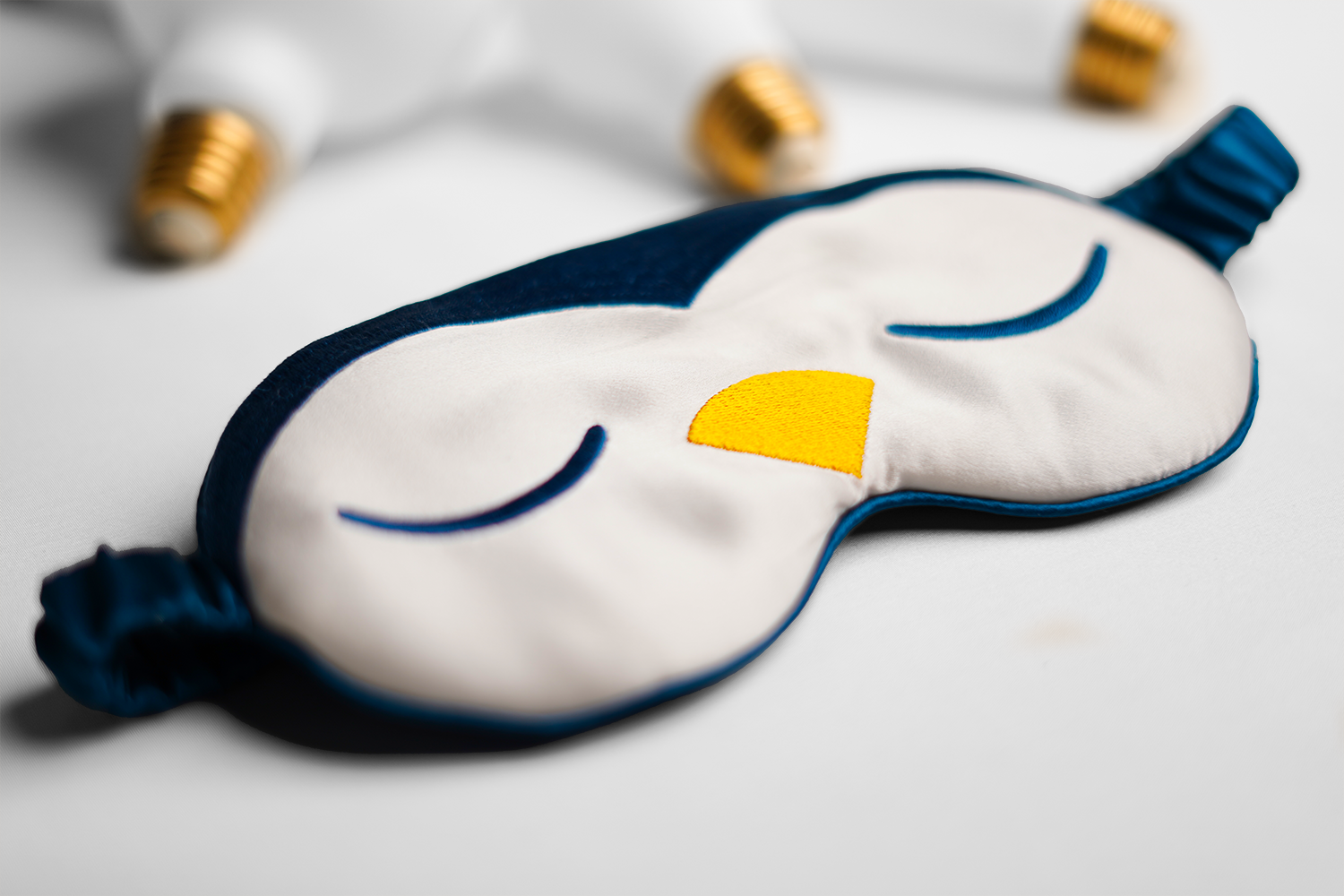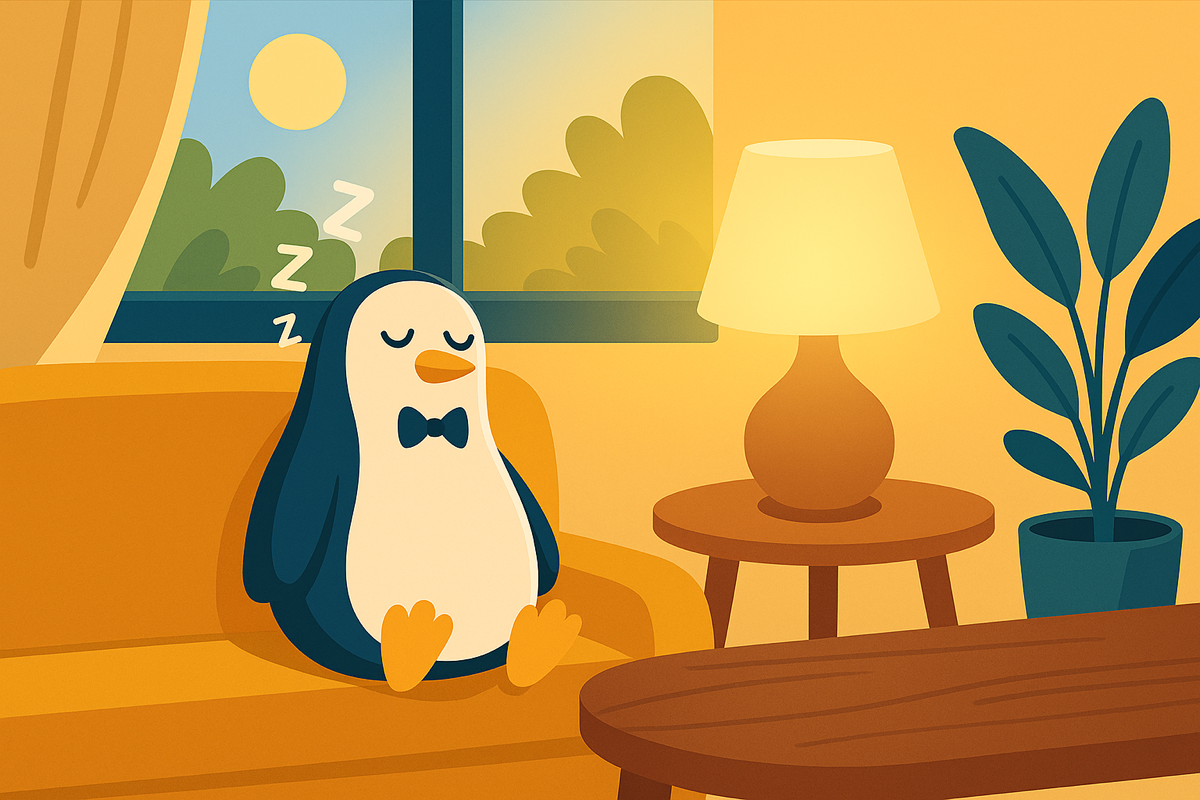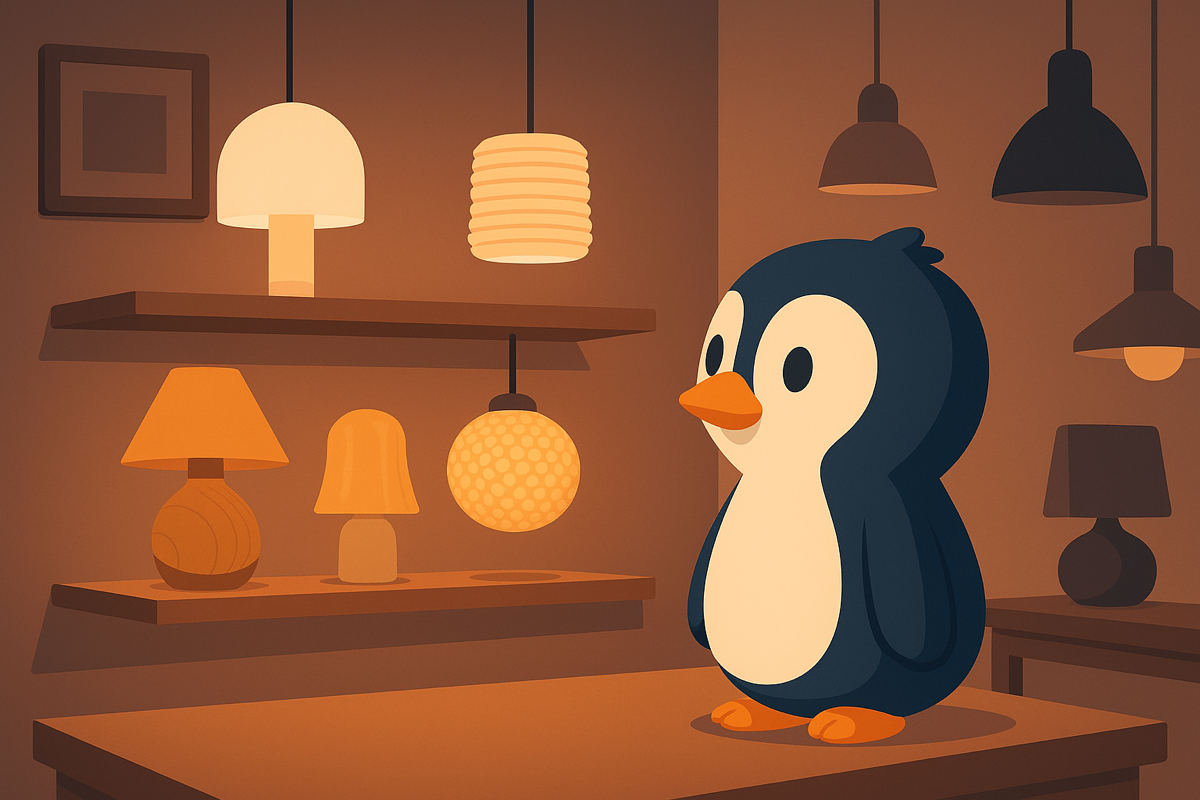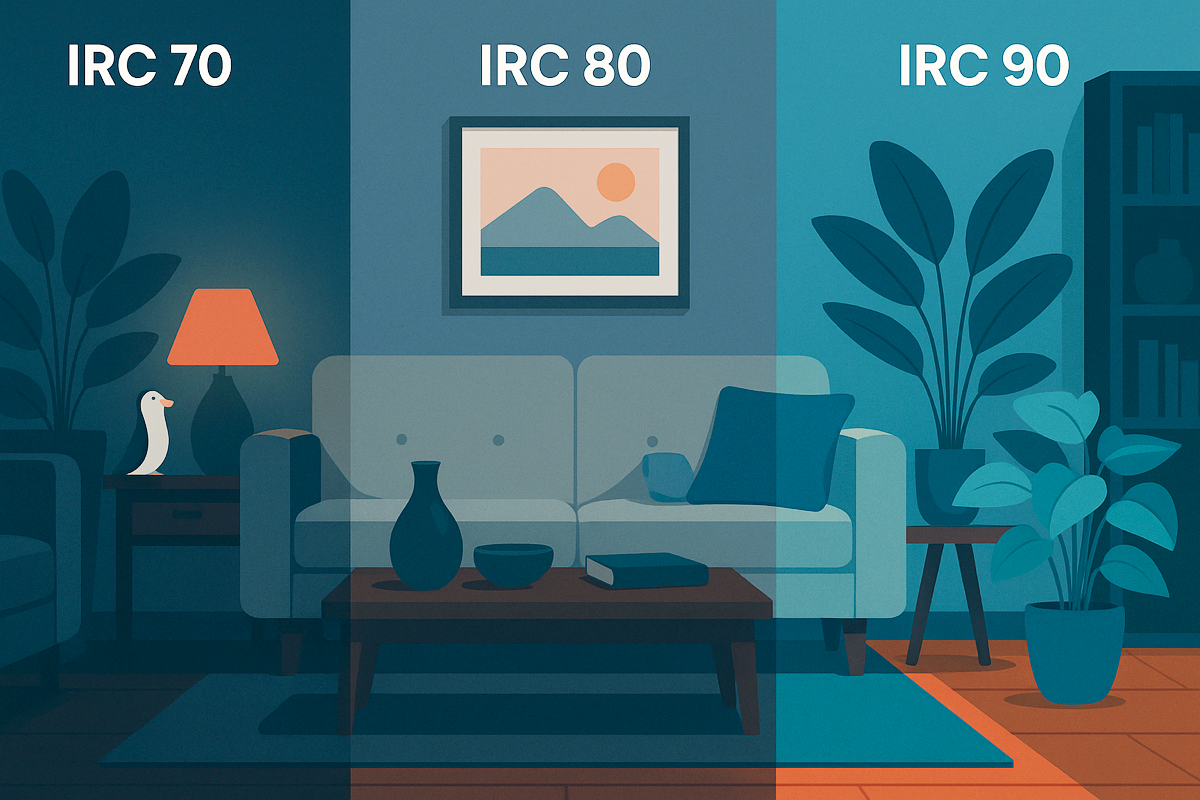Reading time: 4 min
In short:
Napping can be a superpower... or a trap. It all depends on its duration, timing, and the surrounding light exposure. Learning to practice it properly gives your body a real energy boost without compromising your night's sleep.
📌 Summary
1. A well-thought-out ancestral practice
Napping isn't a modern luxury. In many cultures, it's part of the natural rhythm of the day. And biologically, it makes sense. Between 1 p.m. and 3 p.m., the body experiences a natural decrease in alertness, even after a decent night's sleep. This is known as the "postprandial slump."
A short nap of 10 to 20 minutes can improve attention, memory, and stress management. It allows you to recharge without falling into a deep cycle. Even NASA has validated it: their studies show that a well-timed nap increases cognitive performance by more than 30%.
2. What makes a nap counterproductive
The trap is falling asleep for too long. Going beyond 30 minutes risks falling into a deep sleep. Waking up then becomes difficult, with a foggy feeling called sleep inertia. And sometimes, this also disrupts falling asleep at night.
Another mistake: napping too late (after 4 p.m.) or in total darkness. This sends a signal to the brain that the day is over. The result: circadian confusion, persistent fatigue, or a shortened night. As is often the case, it's less the practice itself than the context that makes the difference.
3. Light, rhythm and effective nap
Light plays a key role in the quality of a nap. Napping in too bright a light prevents relaxation. But complete darkness signals to the brain that it's time to produce melatonin. The ideal? A soft, muted light, without being nocturnal. Just enough to relax without tricking the body.
Another key point: maintaining circadian consistency. If you have a well-timed morning and evening routine (including light), a well-timed nap fits in naturally. It becomes a complement to your rhythm… not a disruption. Good circadian lighting can also reduce the need for naps over time.
How to nap without breaking everything
Napping is good… if it respects your cycles. Here are some keys to keeping it beneficial:
- Keep it short: 10 to 25 minutes maximum
- Place it between 1 p.m. and 3 p.m., never after 4 p.m.
- Choose a soft but not dark light
The Laqi Mask can be your perfect ally: it filters light without creating total darkness. And with Laqi bulbs, you maintain consistent lighting all day long.
💬 FAQ
Should you nap every day?
Not necessarily. Listen to your body. An occasional nap is helpful. A regular nap may signal a sleep debt.
Can you nap standing up or in transport?
Yes. Even a 5-minute power nap with your eyes closed can help you relax.
Does napping prevent you from sleeping well at night?
Only if it's long, late, or out of sync with your internal clock.
What if napping became a subtle art?
When properly measured and timed, a nap regenerates more than it tires. It still needs to be in line with your light, your rhythm, and your real needs.

